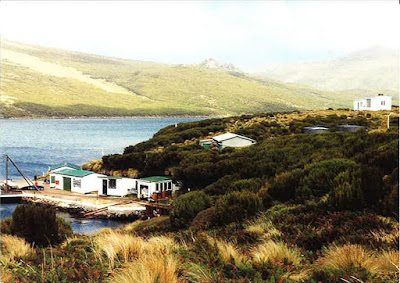Old town of Kuldīga
Located in the western part of Latvia, the town of Kuldīga is an exceptionally well-preserved example of a traditional urban settlement, which developed from a small medieval hamlet into an important administrative centre of the Duchy of Courland and Semigallia between the 16th and 18th centuries. The town structure of Kuldīga has largely retained the street layout of that period, and includes traditional log architecture as well as foreign-influenced styles that illustrate the rich exchange between local and travelling craftspeople from around the Baltic Sea. The architectural influences and craftsmanship traditions introduced during the period of the Duchy endured well into the 19th century.
库尔迪加老城
库尔迪加(Kuldīga)位于拉脱维亚西部,是一个保存极完好的传统城镇典范。在16-18世纪,它从一个中世纪小村庄发展成为库尔兰和瑟米加利亚公国的重要行政中心。库尔迪加的城市结构在很大程度上保留了当时的街道布局,房屋既有传统的原木建筑,又有受外来影响的其他风格,反映了波罗的海沿岸本地工匠与行走工匠之间的丰富交流。公国时期传入的建筑影响和工艺传统一直延续至19世纪。
Source UNESCO WH website http://whc.unesco.org/en/list/1658






























